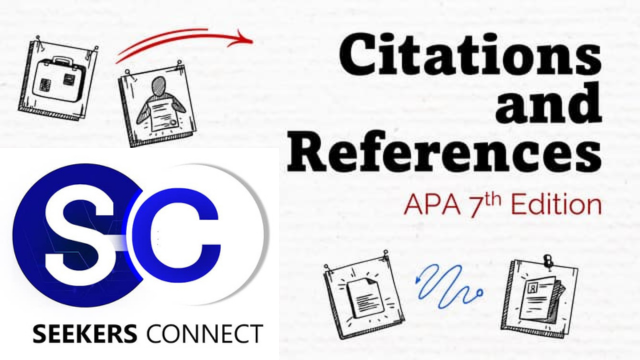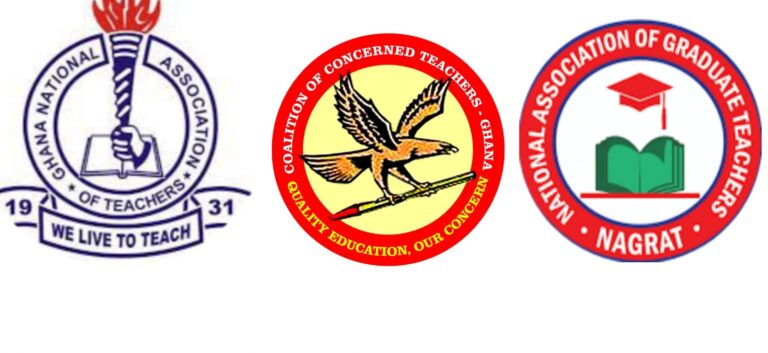
A Guide to APA Reference Citations
Navigating academic writing can be tricky, especially when it comes to citations. This guide breaks down the basics of APA style, the preferred format for many social sciences, to help you give credit correctly and avoid plagiarism.
What is a Reference Citation?
Simply put, a reference citation is the documentation that makes your academic paper credible. It does three important things:
-
Provides authoritative sources for your statements.
-
Helps your reader find those original sources.
-
Acknowledges that the information you used didn’t originate with you.
What is APA Style?
APA (American Psychological Association) style uses an author/date method of citation. This means you insert the author’s last name and the publication year directly into the text of your paper.
For the most up-to-date rules, especially for electronic sources, always consult the official manuals:
-
Publication Manual of the American Psychological Association (7th ed.)
-
APA Style Guide to Electronic References
Your university’s writing center is also an excellent resource for help!
Follow us on WhatsApp for more updates: https://whatsapp.com/channel/0029VaCyYGIFHWpx22L38a2K
Seekers Consult
Contact Us for Your Study Abroad Journey
We search for schools and check available scholarships for you
Contact: 0550414552 / 0362297079

Loan for government workers
Transcript Application
English Proficiency
Recommendation letter
Project work/thesis for undergraduate, master’s, and PhD students.
Apply for Affidavit, Gazette instantly
Passport and Visa Applications
All other Internet Services
How to Cite Sources in Your Text (In-Text Citations)
Here are the most common scenarios you’ll encounter, with examples.
1. Basic Author-Date Citation
-
Author’s name in the sentence: Follow it directly with the year in parentheses.
Example: Piaget (1970) compared reaction times…
-
Author’s name not in the sentence: Place both the name and year in parentheses at the end of the relevant phrase.
Example: In a recent study of reaction times (Piaget, 1978)…
2. Including Page or Paragraph Numbers
Always include a locator (page, paragraph number, or section heading) for direct quotes and when helping a reader find specific information.
-
For books (use “p.” or “pp.”):
Hunt (1974, pp. 25-69) confirmed the hypothesis…
-
For web pages with paragraph numbers (use “¶” or “para.”):
(Myers, 2000, ¶ 5)
-
For web pages without paragraph numbers:
(Beutler, 2000, Conclusion section, para. 1)
3. Citing Multiple Authors
-
Two Authors: Always cite both names every time. Use “and” in the sentence and “&” in parentheses.
In sentence: Piaget and Smith (1972) recognize…
In parentheses: …(Piaget & Smith, 1973, p. 410) -
Three or More Authors:
-
First time: List all authors: Williams, French, and Joseph (1962) found…
-
Subsequent times: Use the first author followed by “et al.”: Williams et al. (1962) recommended…
-
4. Formatting Direct Quotations
-
Short quotes (under 40 words): Include in quotation marks within your sentence. The citation comes after the quote but before the period.
Many writers are unsure about “the actual boundaries of the grammatical abstraction called a sentence” (Shaughnessy, 1977, p. 24).
-
Long quotes (40+ words): Use a freestanding, indented block of text without quotation marks. Place the citation after the final period.
This is further explained by Shaughnessy’s (1977) following statements:
In speech, pauses mark rates of respiration, set off certain words for rhetorical emphasis, facilitate phonological maneuvers, regulate the rhythms of thought and articulation and suggest grammatical structure. Modern punctuation, however, does not provide a score for such a complex orchestration. (p. 24)
How to Build Your Reference List
Your Reference List is a separate page at the end of your paper that includes only the sources you actually cited in your text. Entries are double-spaced and use a hanging indent (first line flush left, subsequent lines indented).
Order of References:
-
List entries alphabetically by the last name of the first author.
-
One-author entries come before multiple-author entries starting with the same name.
-
For works by the same author(s), list them by year, earliest first.
Common Reference Examples:
Books
-
One Author:
Castle, E. B. (1970). The teacher. Oxford University Press. -
Two Authors:
McCandless, B. R., & Evans, E. D. (1973). Children and youth: Psychosocial development. Dryden Press. -
Chapter in an Edited Book:
Medley, D. M. (1983). Teacher effectiveness. In H. E. Mitzel (Ed.), Encyclopedia of educational research (Vol. 4, pp. 1894-1903). The Free Press.
Journal, Magazine, & Newspaper Articles
-
Journal Article with DOI:
Stultz, J. (2006). Integrating exposure therapy and analytic therapy in trauma treatment. American Journal of Orthopsychiatry, 76(4), 482-488. https://doi.org/10.1037/0002-9432.76.4.482 -
Online News Article:
Botha, T. (1999, February 21). The Statue of Liberty, Central Park, and me. The New York Times. http://www.nytimes.com
Electronic Sources
-
Webpage:
Raymon H. Mulford Library, The University of Toledo Health Science Campus. (2008). Instructions to authors in the health sciences. http://mulford.mco.edu/instr/ -
Online-Only Journal (No DOI):
Sillick, T. J., & Schutte, N. S. (2006). Emotional intelligence and self-esteem mediate between perceived early parental love and adult happiness. *E-Journal of Applied Psychology, 2*(2), 38-48. http://ojs.lib.swin.edu.au/index.php/ejap/article/view/71/100
Follow us on WhatsApp for more updates: https://whatsapp.com/channel/0029VaCyYGIFHWpx22L38a2K
Seekers Consult
Contact Us for Your Study Abroad Journey
We search for schools and check available scholarships for you
Contact: 0550414552 / 0362297079

Loan for government workers
Transcript Application
English Proficiency
Recommendation letter
Project work/thesis for undergraduate, master’s, and PhD students.
Apply for Affidavit, Gazette instantly
Passport and Visa Applications
All other Internet Services
Ireland Fellows Scholarship 2026–2027: List of Eligible Postgraduate Programmes




1 thought on “A Guide to APA Reference Citations for students| researchers| lectures| teachers”